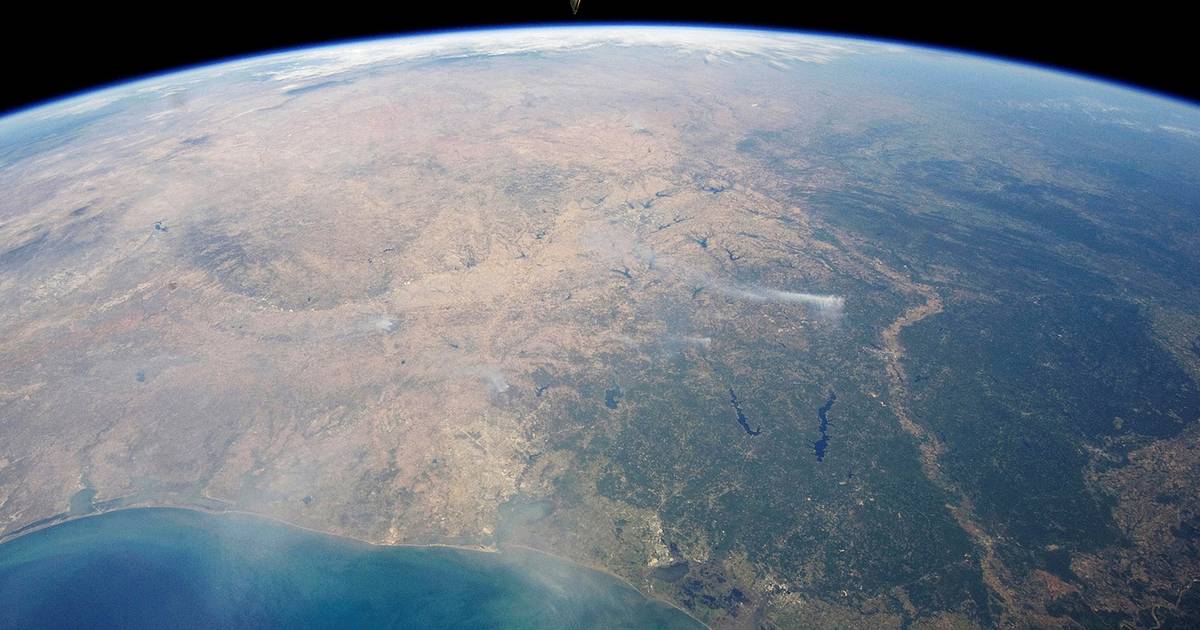This was shown by a new study published in & Ccaron on Thursday in & Ccaron, the Science Assress, which analyzed that subtle changes in the Earth’s orbit around the sun historically challenged huge climate change. The team of international research and zcaron. Study & Cacute; and three parameters of this rotation – the slope of the Earth’s axis, its hesitation and the orbit of the orbit itself, which is slightly ellipt & ccaron;
“We have been able to predict any preservation in the last 900,000 years,” Chief author Stephen Barker, a professor at the University of Cardiff, told AFP.
Glacial periods and warmer Me & dstrok were long exchanged on the ground; The last ice age ended about 11,700 years ago.
The idea of a connection between & dstrok; in temperatures and the Earth’s orbit is not new. Scientists are bigger; thought that the climate on Earth changes based on its orbite, which the cykli & ccaron changes the amount of sun & ccaron.
But this is “the first time we managed to connect these three parameters together and predict when & cacute; e to & cacute; and to the reverance,” Barker said.
Co -author Lorraine Lisiecki, professor at the California University of Santa Barbara, emphasized the study of the study, according to the “confirmation of the natural cycles of climate change that we are on the ground for ten thousands of thousands of nasumi & ccaron; neither or chaoti & ccaron; ni “.
Barker said that without an industrial revolution, assuming fossil fuels have never burned out, “O & Cacaron; the glaciation happened within the following.
Me & Dstrok; however, warned that the results were not to be tumed to suggest that climate change were caused by human action useful.
The carbon levels are almost doubled dioxide from the industrial revolution, and if the emissions are not controlled, “then the Antarctica would be dissolved in about 8000 years, which would lead to an increase in sea level by about 70 meters,” Barker said.
“Instead of being glaciers, you will be underwater,” he warned.
Istra & Zcaron; Iva Team aims to expand their discovery; and the Istra & Cacuto; and in a long-term climate change in people and how they can reshape the natural climate cycles of the planet.
